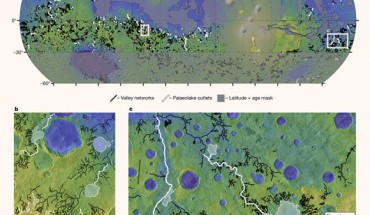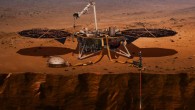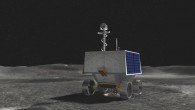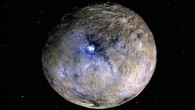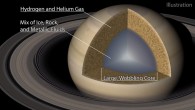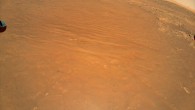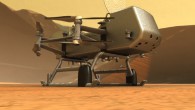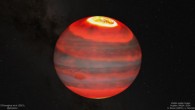Massive floods from overflowing crater lakes were responsible for eroding at least 24% of the volume of incised valleys on early Mars, according to new research led by University of Texas at Austin planetary scientists. Valley networks and paleolake outlet canyons on Mars: (a) distribution of analyzed valley networks (black) and paleolake outlet canyons (white); gray shading indicates the combined latitude (poleward of ±30°) and age (younger than...

